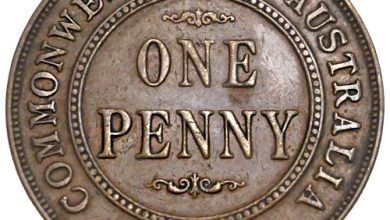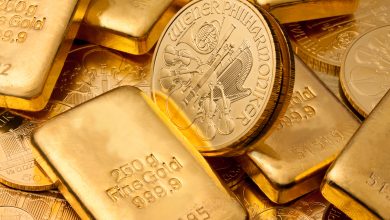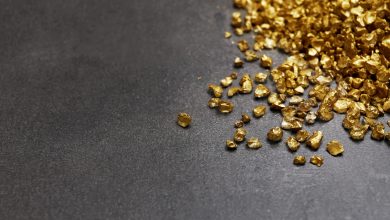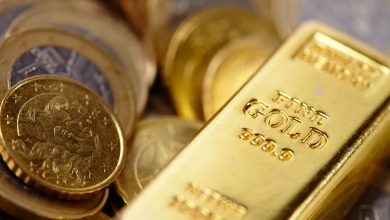Does Silver Tarnish? A Closer Look at Marks and Milk Spots on Silver
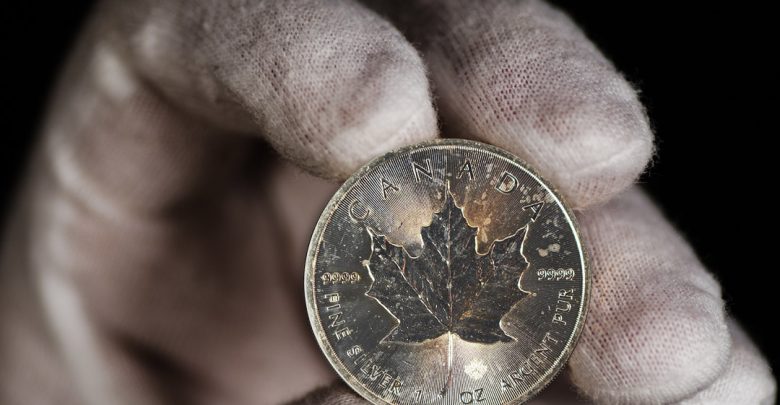
Silver’s vivid bright shine, unmatched electrical and thermal conductivity (for a metal), and low level chemical reactivity, make it a highly valuable substance.
Silver bullion has been used throughout history not just as a monetary reserve, but also as an object for investment. Concerns over its potential to tarnish, however, have caused some of our customers to ask if marks, spots and other signs of ageing can cause silver to lose its investment value. Here, we set the record straight on what changes you can expect silver bullion to undergo.
How pure is silver bullion?
The purity of silver is established by what is known as its “fineness” – that is, the proportion of a silver object that is unambiguously made of silver and not other metals or impurities.
Silver jewellery, for example, often uses sterling silver, which has a purity of 92.5%. In comparison, silver bullion that is used for investment purposes must have a purity of 99.9%.
What is tarnishing?
Tarnishing refers to a process by which a thin coating of corrosion forms on the surface of many metals. Unlike rusting, which can occur throughout the layers of a metal object, tarnishing is only superficial and, indeed, protects the lower layers.
Does silver tarnish?
Yes – pure silver tends to tarnish when it is exposed to air as a result of its interaction with hydrogen sulphide and oxygen molecules. Hydrogen sulphide has a distinctive scent of rotten eggs, and can also be found in things as diverse as onions, wool, and even paint.
Moisture can also lead to silver bullion tarnishing, which is why any pure silver left in highly humid areas like the bathroom or the kitchen tends to tarnish faster than those left in dry spaces.
Spots and marks that can appear on silver bullion
Silver Toning/Tarnish
Toning is a form of discolouration that develops when the surface of silver is exposed to air. Though it can, at times, lead to a darkening of the metal, silver toning has been known to result in particularly spectacular and brilliant colours forming, including black, green, yellow or rainbow.


Milk Spots on Silver Bullion
Milk spots are a very common mark that appears on the surface of pure silver bullion bars and coins. Also known as white spots, they can be best described as white cloudy spots or splash marks that resemble milk. Milk spots vary in size and the cause remains disputed – silver bullion products can develop milk spots even if they have never been handled:
- PVC: Some sources argue that milk spots arise as a result of silver being exposed to polyvinyl chloride (PVC).
- Airborne Particles: The Perth Mint argue that milk spotting may be caused by airborne particles.
- Chemical Procedures: Milk spotting is also believed to be the result of chemicals or procedures used within the minting or annealing process.
- Incorrect Handling: Not handling your bullion correct can cause moisture or oils to be deposited on your bullion products which can cause milk spots.
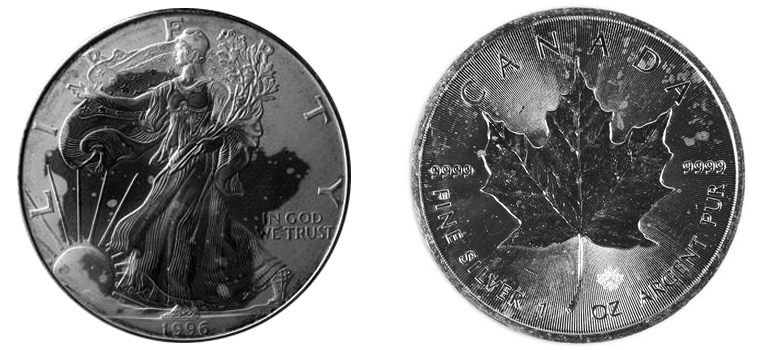
What do these marks mean for your silver bullion investment?
Regardless of what causes them, toning and milk spots are all to be reasonably expected if you invest in silver bullion. But do they actually reduce the value of your investment? In short – no!
Tarnishing, toning and milk spots are purely aesthetic and superficial, and do not change the purity of your silver bullion. It’s for this reason that these marks do not reduce the value of your silver investment in any way, despite what some websites might say. It’s important to note that graded collectible bullion coins are impacted by tarnishing differently from bullion coins used solely for metal investment value.
Is there a way to prevent these marks from occurring?
Though tarnishing doesn’t reduce the value of your investment, we understand that you might want to stop them from occurring in the first place. To halt this process most effectively, it’s best to keep your silver bullion dry and protected from any contact with the air.
Handling your bullion in the correct way is also a great way to stop milk spots. We recommend using cotton, lint-free gloves, as recommended by The Royal Mint, as using your bare hands or even latex gloves can cause moisture or oils to deposit on the bullion and leave marks.
Even if you’re handling your silver bullion with the proper gloves, try to also handle it as little as possible. By doing so, you reduce the potential for possible damage or contamination of the bullion.
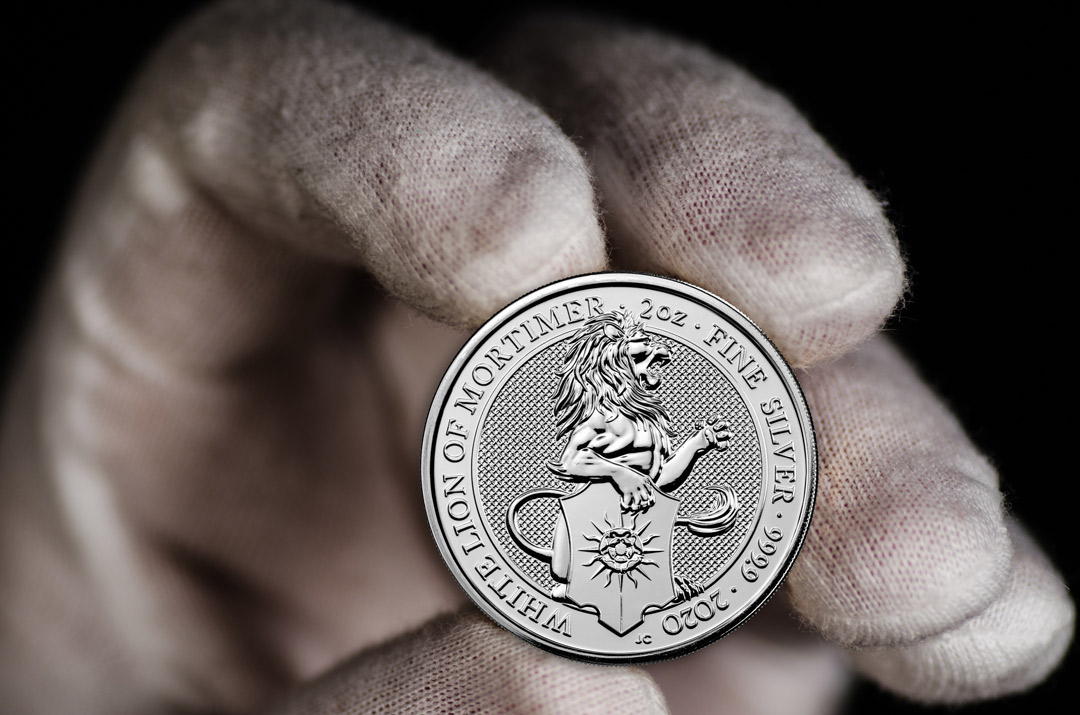
What about removing these marks and spots?
KJC Bullion Australia strongly recommends that you do not remove your minted pure silver products from their sealed, official packaging, nor should you clean any silver coins or bars yourself.
Doing any of these things has the potential to cause abrasion to the silver’s surface. Leaving scratches and markings on your silver not only doesn’t look that nice; it can also reduce the value of your bullion significantly.
If you have any questions regarding the purchase or storing of your bullion, don’t hesitate to get in touch with our team today!

